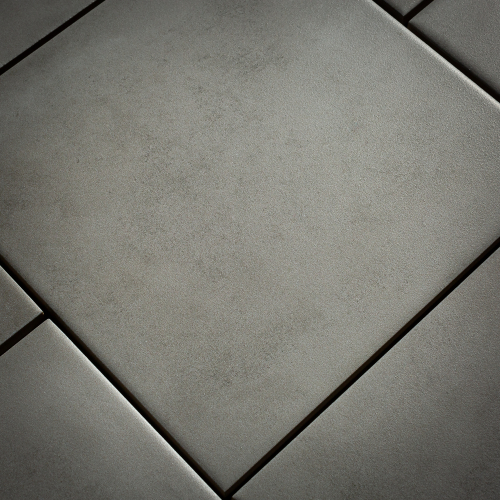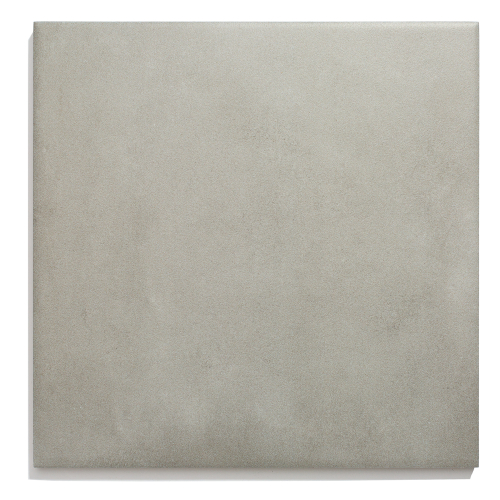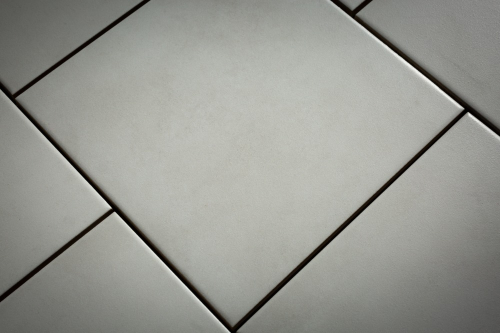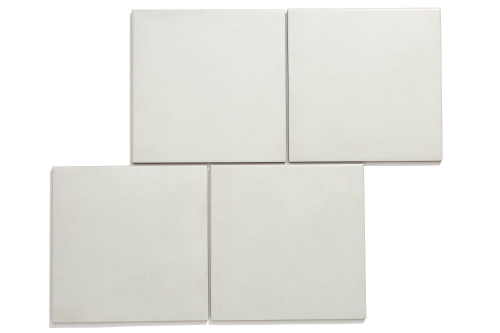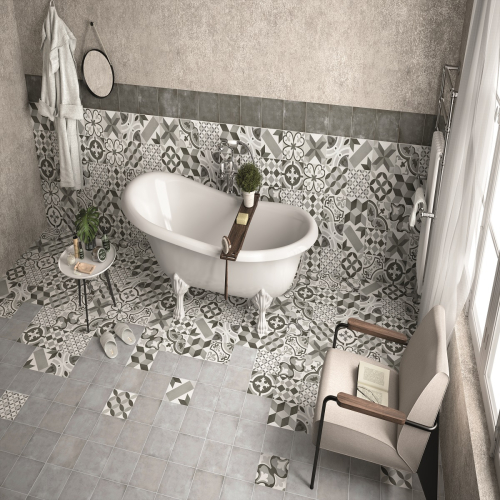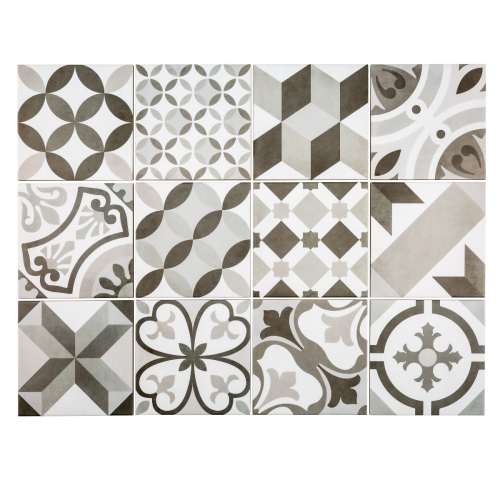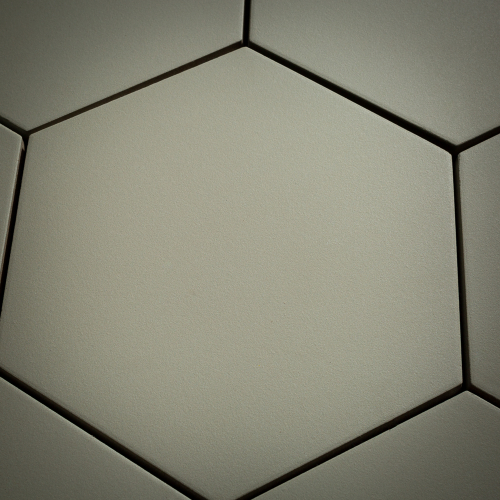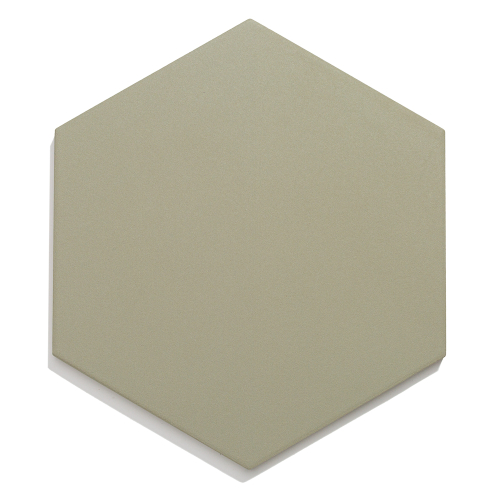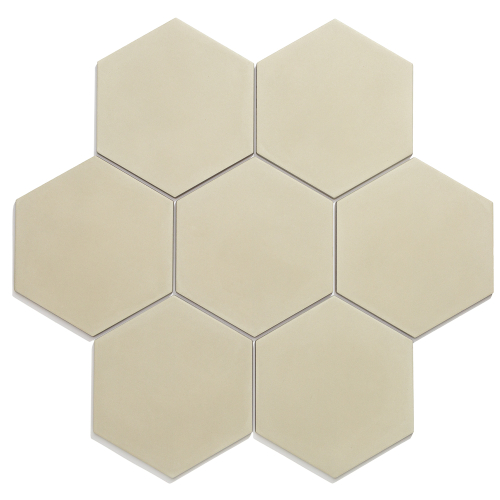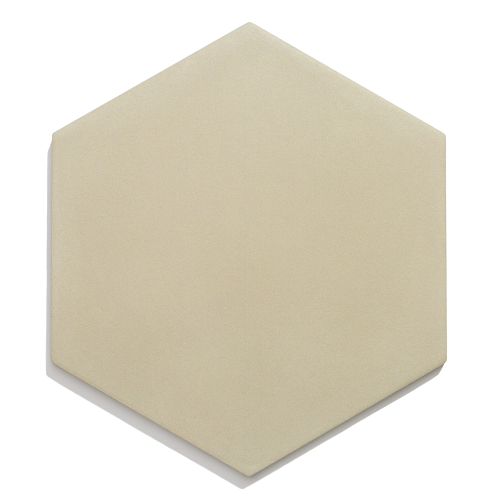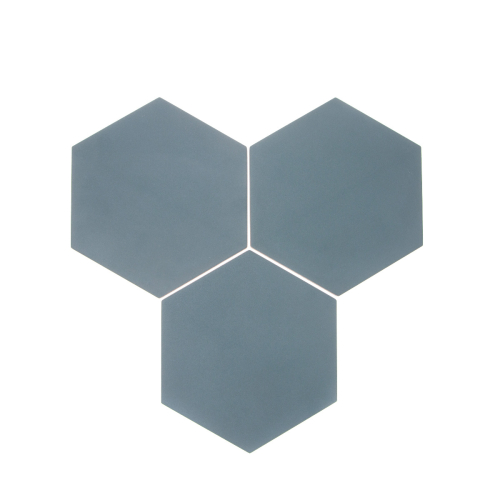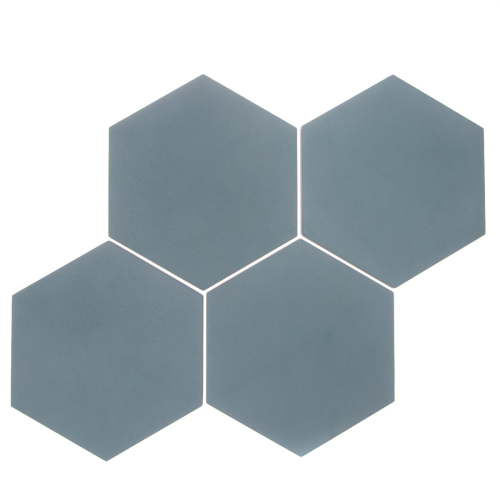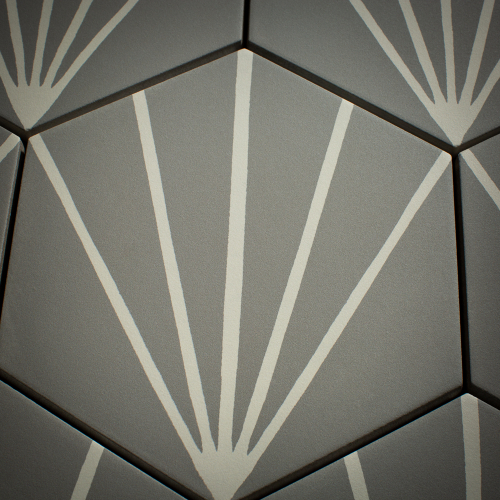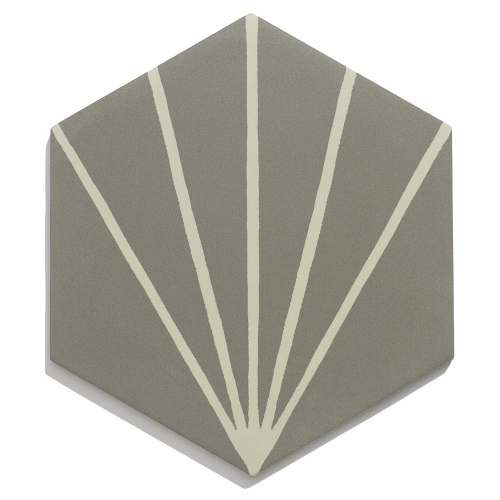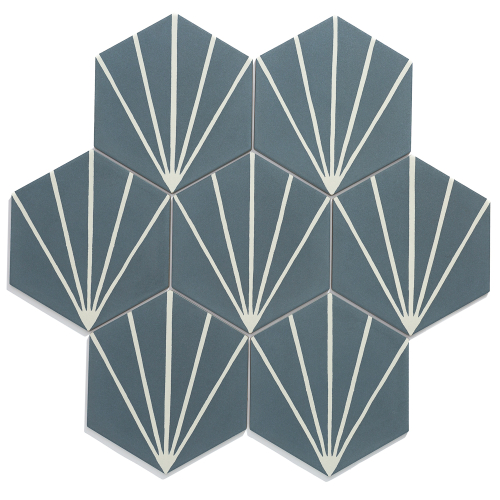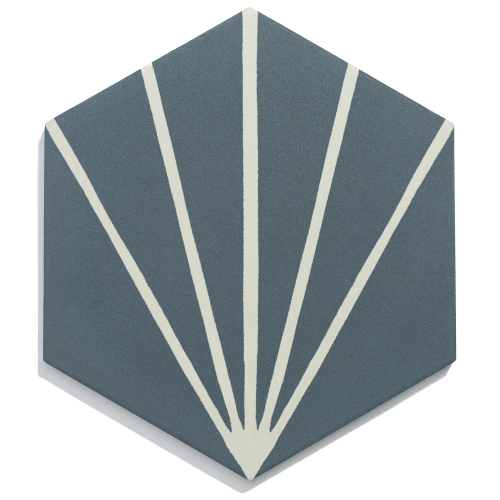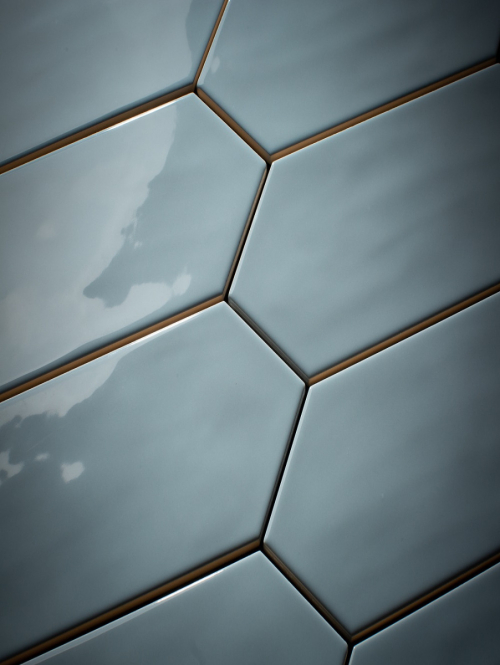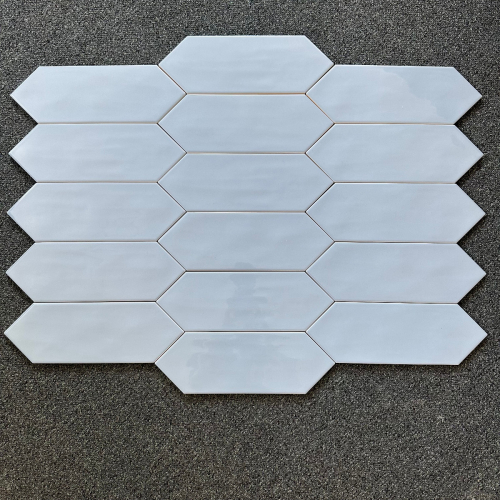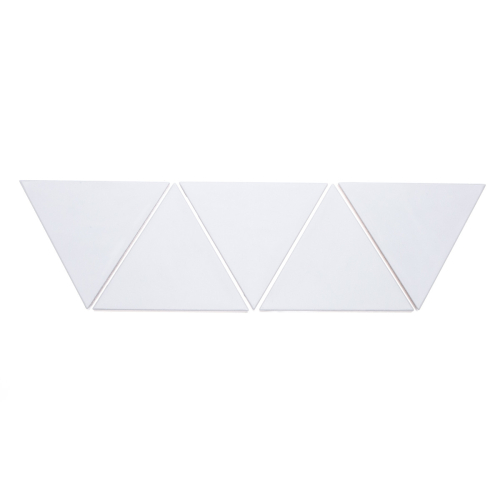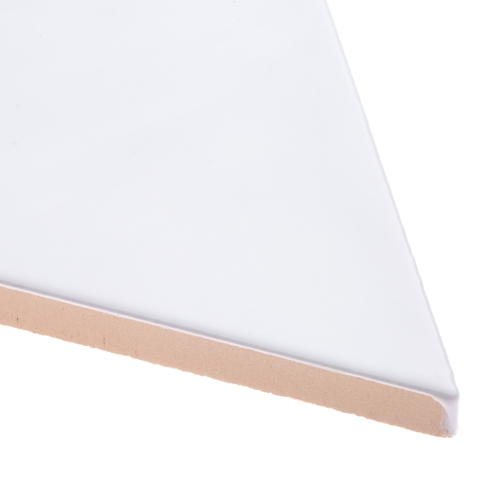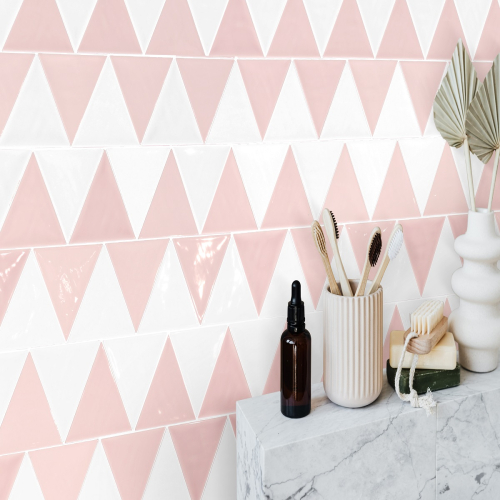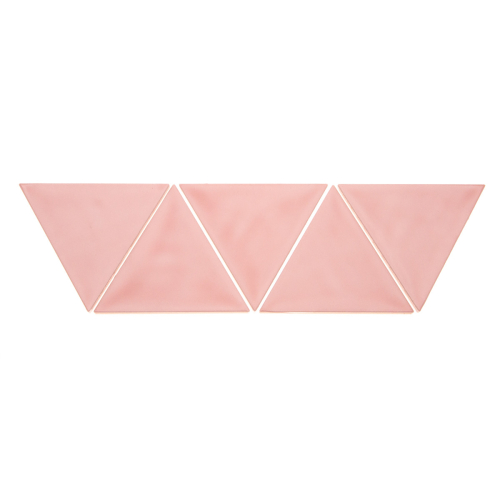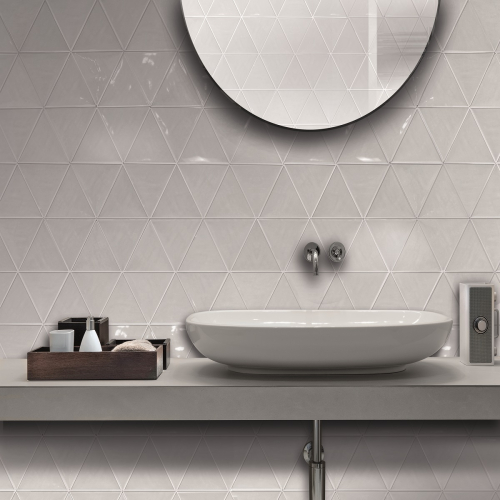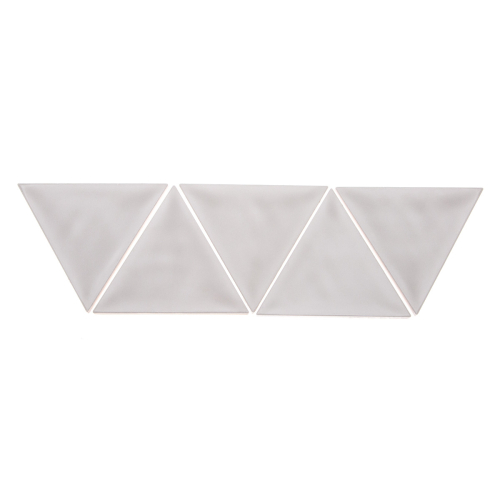Splashback Tiles
Tile backsplashes make kitchens and bathrooms more functional than ever before. With so many different designs available, it’s easy to find one that matches your taste, whether you are looking for a bathroom or kitchen shop our splashback tiles today.
We have samples available of all of our porcelain products both internal and external tiles for kitchens through to garden patios.
Speak to a member of our friendly sales team today on 01482 688008 or Email sales@meltonstone.co.uk
Splashback Tiles
Are splashbacks better than tiles?
The choice between splashbacks and tiles depends on several factors, including personal preferences, budget, design style, and practical considerations. Both splashbacks and tiles have their advantages, and the decision ultimately comes down to what works best for your specific needs and the overall look you want to achieve in your kitchen or bathroom.
Here are some points to consider for each option:
1. Splashbacks:
- Seamless appearance: Splashbacks are usually made from a single, continuous material, such as glass, stainless steel, acrylic, or solid surface. This can create a sleek and seamless look, particularly for modern or minimalist designs.
- Easy to clean: With no grout lines, splashbacks can be easier to clean and maintain compared to traditional tiled surfaces.
- Hygienic: Non-porous materials used for splashbacks are resistant to stains and bacteria, making them a hygienic choice for areas like the kitchen.
- Limited design options: Splashbacks offer fewer design options compared to tiles, as they typically come in a limited range of colours and patterns.
2. Tiles:
- Versatility: Tiles come in a vast array of styles, colours, shapes, and patterns, providing endless design possibilities. They can be used to create unique and personalized looks to suit any decor style.
- Cost-effective: In many cases, tiles can be more cost-effective than some splashback materials, especially if you choose standard ceramic or porcelain tiles.
- Easy replacement: If a tile gets damaged or stained, it can be individually replaced without having to redo the entire surface.
- Grout lines: While grout lines can be a bit more challenging to clean than non-porous splashbacks, using waterproof grout and proper maintenance can mitigate this issue effectively.
Ultimately, both splashbacks and tiles have their advantages and can be great choices for different kitchen or bathroom designs. It's essential to consider your preferences, budget, and the specific requirements of your space. If you're unsure, consult with a professional interior designer or a tile specialist who can provide tailored advice based on your needs and preferences.
Do I need a waterproof grout for my splashback tiles?
Using a waterproof grout for your splashback tiles is highly recommended, especially in areas exposed to moisture, such as kitchens and bathrooms. Waterproof grout helps prevent water from seeping through the grout joints and reaching the underlying surfaces, such as drywall or backer board, which could lead to water damage, Mold, and other issues.
Here are some reasons why waterproof grout is essential for splashback tiles:
1. Water resistance: Waterproof grout is specifically designed to resist water penetration, providing an extra layer of protection against moisture.
2. Durability: Waterproof grout tends to be more durable and long-lasting compared to regular grout, ensuring that it remains intact and effective over time.
3. Stain resistance: Some waterproof grouts are also formulated to resist stains, making it easier to clean and maintain your splashback.
4. Prevents Mold and mildew: Waterproof grout helps inhibit the growth of Mold and mildew, which can thrive in moist environments.
5. Better adhesion: Waterproof grout typically adheres better to the tiles and ensures a stronger bond.
When choosing waterproof grout, look for products specifically labelled as "waterproof" or "water-resistant." Epoxy grouts and some high-performance urethane grouts are known for their waterproof properties. Always follow the manufacturer's instructions for mixing, application, and curing to ensure the best results.
In addition to using waterproof grout, it's also essential to properly seal the grout lines after installation. Grout sealers create an additional barrier against water and stains, further protecting the grout and the underlying surfaces.
By using waterproof grout and sealing the grout lines, you can help ensure the longevity and appearance of your splashback tiles while safeguarding the walls from potential water damage.
What height for my splashback tiles?
The height for your splashback tiles can vary depending on personal preference, the design of your kitchen or bathroom, and the practical considerations. Here are some general guidelines to help you determine the appropriate height for your splashback tiles:
1. Standard height: In kitchens, a standard height for splashback tiles is typically between 15 to 18 inches (38 to 45 centimetres) above the countertop. This height generally covers the area most susceptible to water splashes, stains, and food splatters.
2. Full-height splashback: Some homeowners opt for a full-height splashback, which extends from the countertop to the bottom of the upper cabinets or even up to the ceiling. Full-height splashbacks can create a cohesive and visually impactful design, making the space look more expansive.
3. Half-height splashback: Alternatively, a half-height splashback extends only partway up the wall, typically between 6 to 10 inches (15 to 25 centimetres) above the countertop. This option may work well if you have a beautiful backsplash or wall material above the tiles that you want to showcase.
4. Design features: Consider any design features or elements, such as a range hood or shelving, which may impact the height of the splashback tiles.
5. Practicality: Think about the functionality of the splashback. Ensure it adequately protects the walls from water, grease, and stains while being easy to clean and maintain.
6. Visual balance: Aim for a height that visually complements the overall proportions and design of the room. It should not overwhelm or underwhelm the space.
Ultimately, the height of your splashback tiles is a personal choice, and there is no strict rule. Take into account your style preferences, budget, and the unique requirements of your kitchen or bathroom. If you're uncertain about the best height, consider consulting with a professional interior designer or a tile specialist who can provide tailored advice based on your specific space and design goals.
Are porcelain tiles easy to keep clean?
Yes, porcelain tiles are generally easy to keep clean, which is one of the reasons they are a popular choice for flooring and wall applications. Porcelain tiles have a smooth, non-porous surface that resists stains and water absorption, making them relatively low-maintenance compared to some other types of flooring materials. Here are some tips to keep your porcelain tiles clean:
1. Regular sweeping or vacuuming: Regularly removing dust and debris from the surface of the tiles helps prevent scratching and maintains their appearance.
2. Mopping with mild detergent: For routine cleaning, a damp mop with a mild detergent solution or a pH-neutral cleaner is usually sufficient to keep porcelain tiles clean. Avoid using harsh chemicals that could damage the glaze.
3. Immediate spill cleanup: Porcelain tiles are resistant to stains, but it's still a good practice to clean up spills promptly to prevent any potential discoloration or staining.
4. Avoid abrasive materials: While porcelain tiles are durable, it's best to avoid using abrasive scrub brushes or harsh cleaning tools, as they could scratch the surface or dull the glaze.
5. Grout maintenance: Keep the grout lines clean by regularly cleaning and, if applicable, sealing the grout to prevent stains and discoloration.
6. Rugs or mats: Place doormats or rugs in high-traffic areas to trap dirt and moisture before it reaches the tiles, reducing the amount of debris that needs to be cleaned.
7. Preventive measures: Use furniture pads under heavy furniture to avoid scratching the tiles and avoid dragging heavy objects across the floor.
Remember that while porcelain tiles are easy to clean, their appearance and longevity can be influenced by the level of maintenance they receive. Regular cleaning and proper care will help keep your porcelain tiles looking beautiful for years to come.
Do I need to seal my porcelain wall tiles?
In most cases, porcelain wall tiles do not require sealing. Porcelain tiles are manufactured with a dense and non-porous surface that makes them highly resistant to stains and water absorption. Unlike natural stone tiles, which are more porous and typically require sealing, porcelain tiles have a protective glaze that helps prevent liquids from penetrating the surface.
Sealing is primarily necessary for certain types of natural stone tiles, such as marble, limestone, or travertine, to protect them from staining and moisture damage. However, with porcelain tiles, the need for sealing is generally not required for standard wall applications.
That said, there are a few exceptions to consider:
1. Unglazed porcelain tiles: Some porcelain tiles are unglazed and may require sealing, especially if they have a textured or rough surface. These types of tiles can be more susceptible to staining and might benefit from a sealer.
2. Grout lines: While the porcelain tiles themselves do not need sealing, the grout lines between the tiles may require sealing to protect them from stains and discoloration. Sealing the grout helps keep it looking clean and new over time.
3. Specific situations: In unique situations where you have extremely porous porcelain tiles or if the manufacturer recommends sealing for a particular product, then it's essential to follow the manufacturer's guidelines.
Before making a decision, it's always best to refer to the manufacturer's recommendations for your specific type of porcelain wall tiles. If you have any doubts or questions about whether or not to seal your tiles, consider seeking advice from a professional tile installer or a representative from the tile manufacturer to ensure the best care for your tiles.

